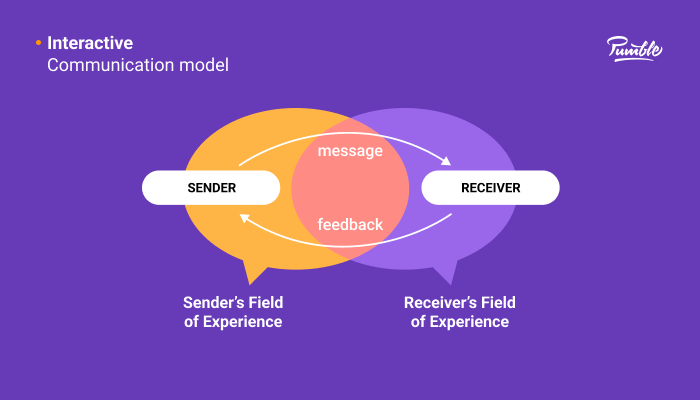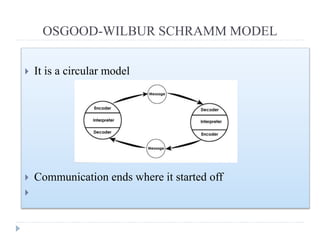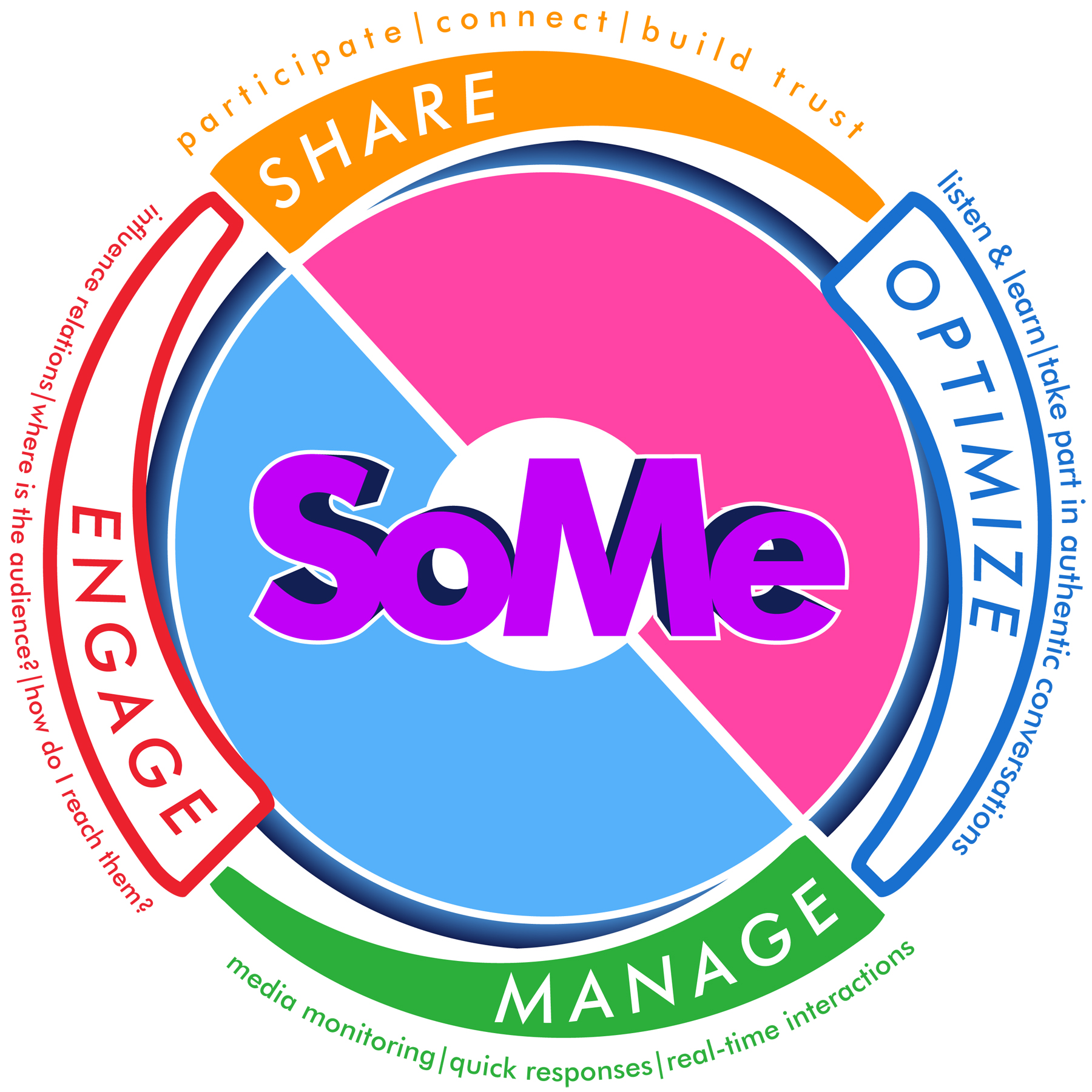The circular model of communication, also known as the circular model of discourse, is a concept that describes the process of communication as an ongoing, dynamic interaction between individuals or groups. This model suggests that communication is not a one-way process, but rather a circular exchange of ideas, feelings, and information between people.
The circular model of communication consists of four main components: sender, message, receiver, and feedback. The sender is the individual or group that initiates the communication, and the message is the information or idea that is being conveyed. The receiver is the individual or group that receives the message, and the feedback is the response or reaction to the message.
One of the key features of the circular model is that it emphasizes the importance of feedback in the communication process. In this model, the sender and receiver are both active participants in the communication process, with the sender sending a message and the receiver responding with feedback. This feedback can be verbal or nonverbal, and it serves to confirm or clarify the message and to let the sender know how the message has been received.
Another important aspect of the circular model is that it recognizes that communication is a complex, multifaceted process that involves both verbal and nonverbal cues. Nonverbal cues, such as body language and facial expressions, can play a significant role in the communication process and can often convey meaning or emotion more effectively than words alone.
The circular model of communication is a useful framework for understanding how communication works in various contexts, including interpersonal, group, and organizational communication. It helps to highlight the importance of feedback and nonverbal cues in the communication process and emphasizes the dynamic, ongoing nature of communication.
In conclusion, the circular model of communication is a valuable concept that helps to illustrate the complexities of the communication process and the role of feedback and nonverbal cues in the exchange of ideas and information. By understanding this model, we can better communicate with others and improve our own communication skills.







